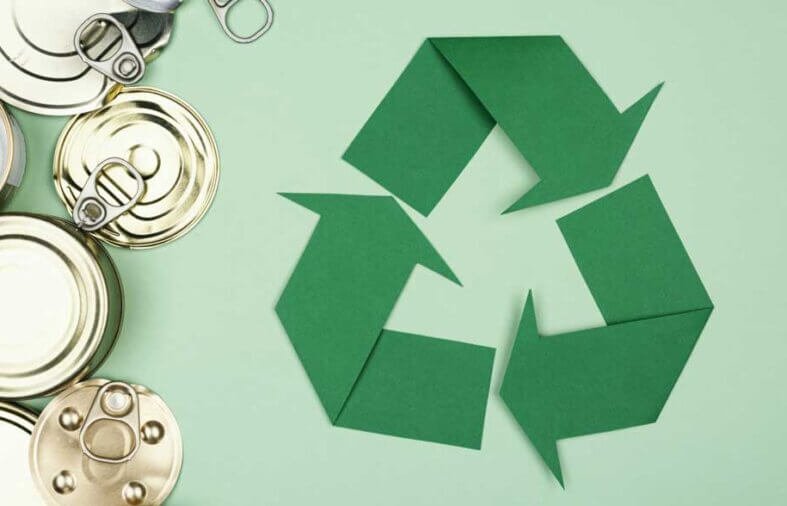Steel recycling has emerged as a cornerstone of modern sustainability practices. As one of the most recycled materials on Earth, steel plays a critical role in reducing waste, conserving resources, and lowering emissions. Recycling steel aligns seamlessly with the principles of a circular economy, offering environmental and economic benefits while supporting global efforts to combat climate change.
The Role of Steel Recycling in a Circular Economy
A circular economy is designed to minimize waste and make the most of resources through reuse, recycling, and regeneration. Steel, being 100% recyclable without loss of quality, is a perfect material for this model. Recycled steel is used in construction, manufacturing, and infrastructure projects, reducing the need for virgin raw materials.
Interpipe demonstrates leadership in this field by integrating advanced technologies to recycle steel and reintegrate it into production processes. By doing so, the company not only lowers its environmental footprint but also contributes to a more sustainable future for the steel industry.
Environmental Benefits of Steel Recycling
One of the most significant advantages of recycling steel is its impact on the environment:
- Reducing Carbon Emissions: Producing recycled steel uses significantly less energy than manufacturing steel from raw materials, leading to lower greenhouse gas emissions.
- Preserving Natural Resources: Recycling reduces the need to extract iron ore and coal, helping to conserve finite resources.
- Minimizing Waste and Pollution: By diverting scrap steel from landfills, recycling prevents soil and water contamination and reduces overall waste.
Economic Advantages of Steel Recycling
Beyond environmental benefits, steel recycling also offers substantial economic advantages:
- Cost Efficiency: Using recycled steel is more cost-effective than producing new steel from raw materials. This reduces expenses for manufacturers and consumers.
- Job Creation: The recycling industry generates employment opportunities in collection, processing, and distribution.
- Energy Savings: Recycling steel uses up to 74% less energy compared to producing new steel, making it an economically viable option for industries.
Steel Recycling at Interpipe: A Case Study
Interpipe serves as a prime example of how companies can integrate recycling into their operations. The company leverages cutting-edge recycling technologies to process scrap steel, reducing reliance on raw materials. By implementing sustainable practices, Interpipe demonstrates a commitment to innovation and environmental stewardship, setting a benchmark for the global steel industry.
How to Maximize the Benefits of Steel Recycling
While steel recycling offers immense potential, challenges such as inefficient recycling systems and contamination of scrap materials can limit its effectiveness. To unlock its full benefits, the industry must adopt strategies to improve recycling processes and increase global collaboration.
Key Strategies for Improving Steel Recycling
To enhance steel recycling efforts, stakeholders can focus on the following strategies:
- Utilizing advanced sorting technologies to separate steel from mixed waste streams more effectively.
- Increasing public awareness about the importance of recycling and proper disposal of steel products.
- Strengthening international cooperation to develop standardized recycling practices.
- Introducing incentives and regulations to encourage businesses to prioritize recycled materials in production.
These measures can significantly improve recycling rates and accelerate the transition to a circular economy. By addressing existing challenges, the steel industry can maximize its contribution to sustainability.
Conclusion
Steel recycling is essential for creating a greener and more sustainable future. By reducing emissions, conserving resources, and supporting economic growth, it exemplifies the principles of a circular economy. Companies like Interpipe are paving the way with innovative practices that showcase the potential of steel recycling. To close the loop and achieve a truly sustainable system, industries, governments, and individuals must collaborate to prioritize and enhance recycling efforts globally.








